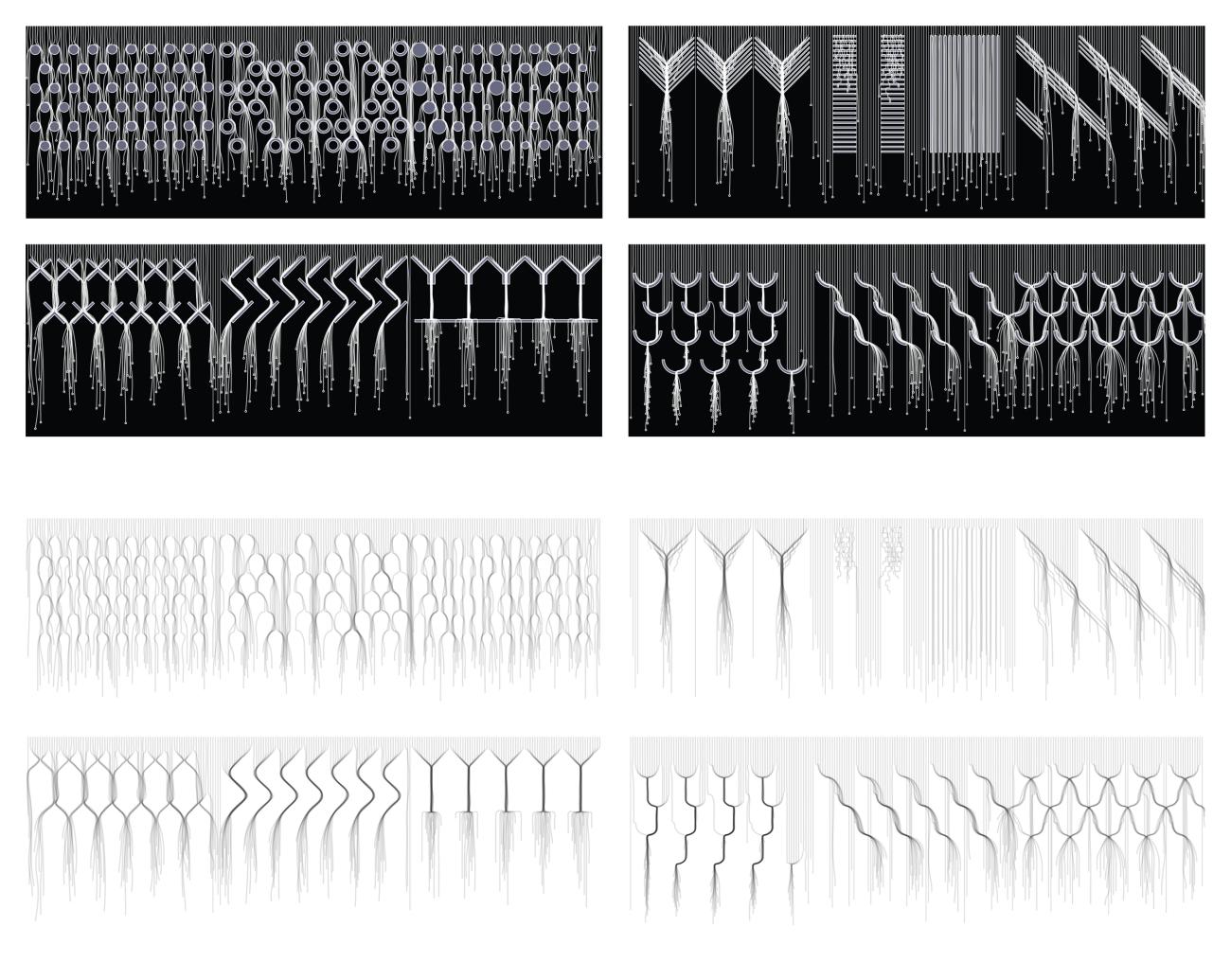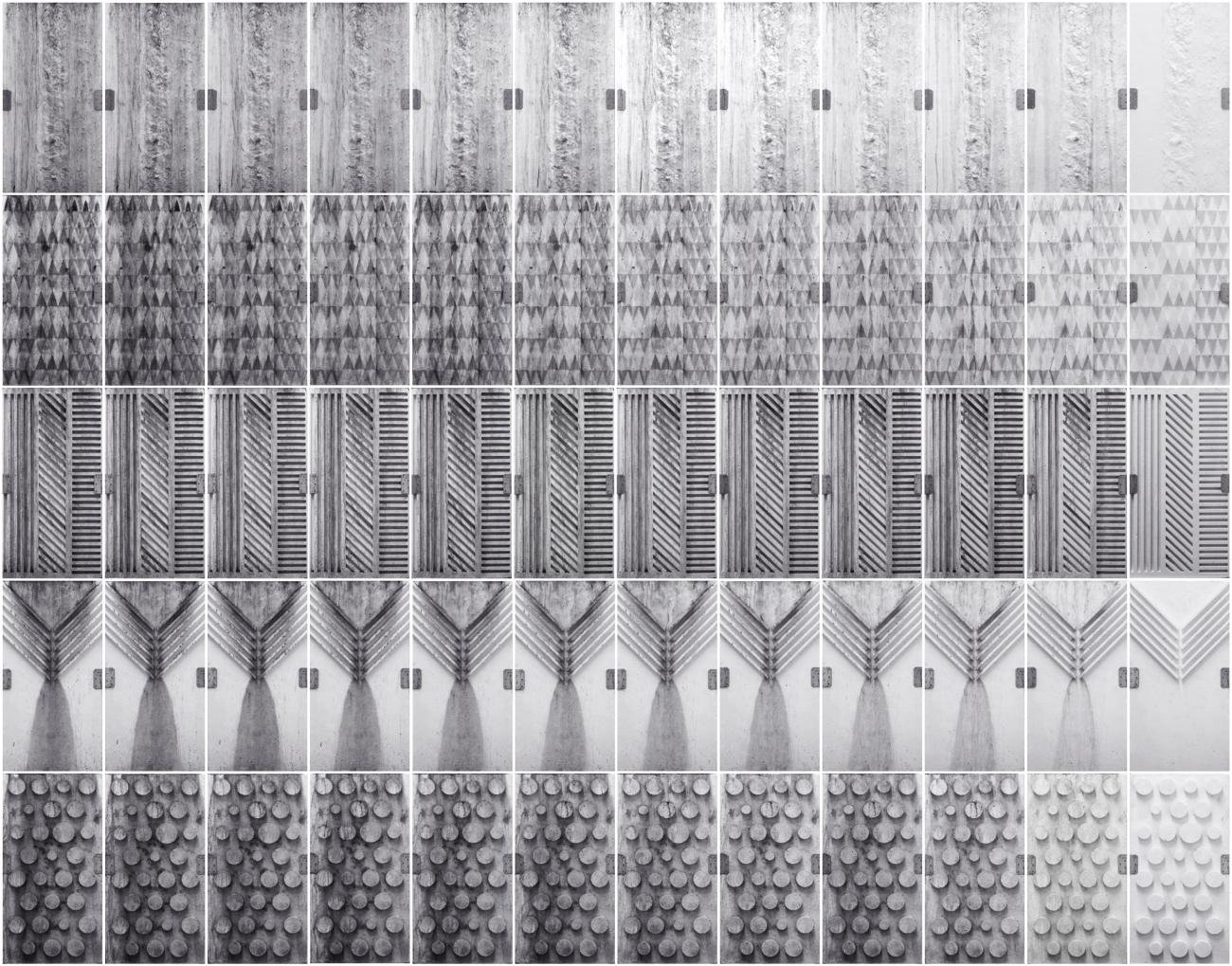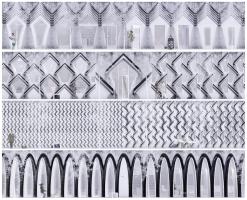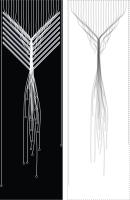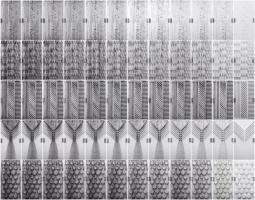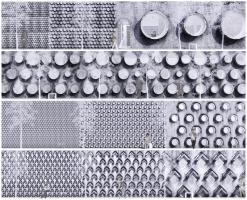Nathaniel Gange
2017
Contemporary architectural tectonics produce an image embedded with hygienic obsessiveness. This disdain for grit projects an over-idealized conception of nature, denying its authority. All form weathers and decays. With the impression of entropic forces upon built form, the residual effects of time erode the taut crisp lines of a facade.
Using a contemporary palette with an inclination to accept rather than reject weathering, a new kind of image can be produced: a building that is an object painted by the environment instead of succumbing to it. The completion of the building no longer signifies the completion of the image; it is a point of departure, a layer upon which an inconceivable number of new layers will be painted, albeit not by the architect.
Though perceived age value and the aesthetics of staining are highly subjective, when weathering is divorced from assumed deterioration and staining, it generates a permanent set of shadows endowing the image with additional contrast and depth, allowing a building to capitalize on its inevitable, but difficult to predict, conditioning. To create stains that are purely additive, they must be easily read as intended graphic elements by channeling their formation. Potential stains were mapped through a set of drawings hypothesizing relationships between geometries and flows. Then concrete panels, cast with chosen surface geometries, were mounted on a jig. An irrigation system flooded a basin above the panel pulling black chalk powder over its top edge onto the face. The resulting images were made into seamless and/or tile-able textures, which, mapped onto 3D models, were rendered at a variety of scales to experiment with their potential to generate facades.




